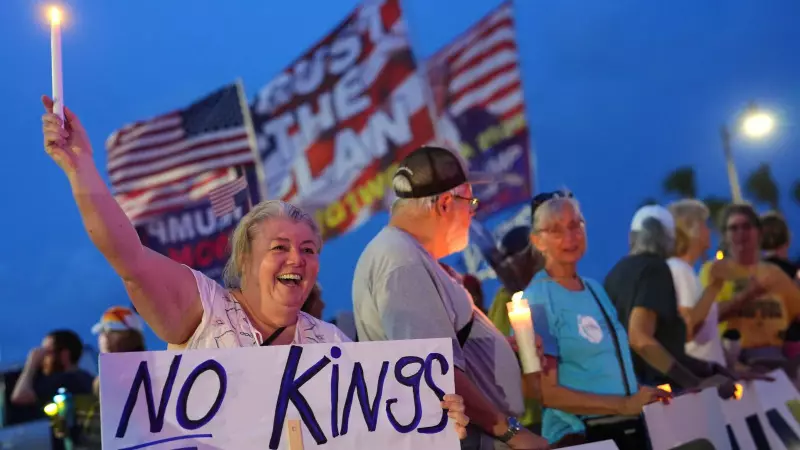
In an extraordinary display of public dissent, millions of Americans took to the streets across the United States in coordinated protests against President-elect Donald Trump. The massive demonstrations, organized under the banner "Not My President," represent one of the largest political mobilizations in recent American history.
Nationwide Outpouring of Dissent
From the bustling streets of New York City to the sun-drenched plazas of Los Angeles, protestors gathered in unprecedented numbers to voice their opposition to Trump's election victory and his controversial campaign rhetoric. The scale of participation exceeded even the most optimistic expectations of organizers, with some cities reporting turnout in the hundreds of thousands.
Key Protest Locations and Turnout
- New York City: Protestors flooded Manhattan streets, carrying signs and chanting slogans against Trump's policies
- Chicago: Massive crowds gathered in Grant Park, echoing the historic 1968 Democratic Convention protests
- Los Angeles: Downtown streets became impassable as waves of demonstrators marched peacefully
- Washington D.C.: Thousands converged near the White House, setting the stage for potential inauguration protests
The People's Message
What united these diverse crowds was a shared concern about Trump's positions on various issues including immigration, women's rights, and climate change. Many participants expressed fear that his presidency would reverse years of social progress and undermine democratic institutions.
"This isn't about being sore losers," explained one protestor in Chicago. "This is about standing up for fundamental American values and protecting vulnerable communities who feel threatened by Trump's rhetoric."
Historical Context and Significance
Political analysts note that while post-election protests are not uncommon in American politics, the scale and coordination of these demonstrations are remarkable. The protests recall similar mass movements throughout American history, from civil rights marches to anti-war demonstrations, though they occur in the unique context of social media and instant communication.
What Comes Next?
Organizers have indicated that these protests represent just the beginning of a sustained resistance movement. Plans are already underway for larger demonstrations around Trump's inauguration in January, with activists coordinating through digital platforms and traditional organizing methods.
The ultimate impact of this mass mobilization remains uncertain, but one thing is clear: a significant portion of the American electorate intends to make their voices heard throughout the Trump presidency, setting the stage for continued political tension and civic engagement.





